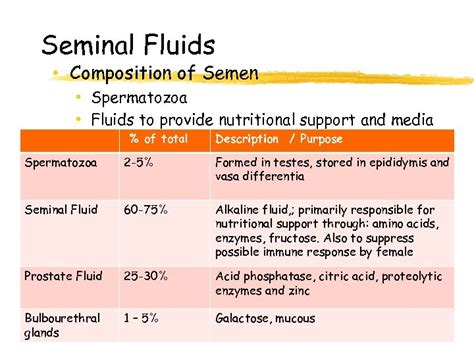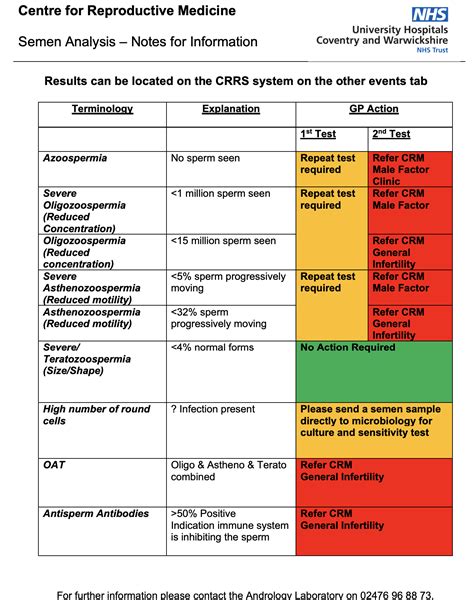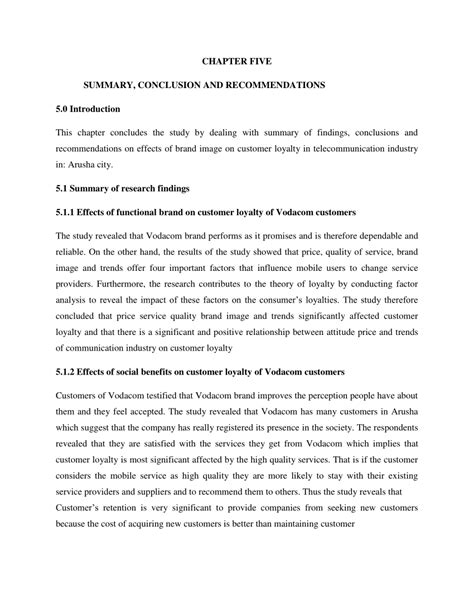Intro
Unlock the secrets of male fertility with our Seminal Fluid Analysis Guide, covering sperm morphology, motility, and count, to help diagnose infertility issues and improve reproductive health through comprehensive semen analysis and expert tips.
The importance of seminal fluid analysis, also known as semen analysis, cannot be overstated. This diagnostic tool plays a crucial role in assessing male fertility and is often a critical component in the evaluation of infertility issues in couples. Seminal fluid analysis provides valuable insights into the health and viability of sperm, which is essential for fertilization and successful conception. By examining the characteristics of seminal fluid, healthcare professionals can identify potential problems and develop effective treatment plans to address them.
Understanding the significance of seminal fluid analysis is vital for individuals and couples seeking to conceive. The process involves evaluating various parameters, including sperm count, motility, morphology, and other factors that influence fertility. By gaining a deeper understanding of these aspects, individuals can take proactive steps to optimize their reproductive health and increase their chances of achieving a successful pregnancy. Moreover, seminal fluid analysis can also help identify underlying medical conditions that may be affecting fertility, allowing for prompt treatment and intervention.
The process of seminal fluid analysis is relatively straightforward, involving the collection of a semen sample, which is then examined in a laboratory setting. The sample is evaluated for various characteristics, including volume, pH, sperm concentration, and motility, among others. The results of the analysis provide a comprehensive overview of the individual's fertility status, enabling healthcare professionals to offer personalized guidance and recommendations. With the increasing awareness of reproductive health and the importance of fertility, seminal fluid analysis has become an essential tool in the diagnosis and treatment of infertility issues.
Seminal Fluid Composition

Role of Seminal Plasma
Seminal plasma is the liquid portion of seminal fluid, accounting for approximately 90% of the total volume. It is produced by the seminal vesicles and prostate gland, and its composition is carefully regulated to provide an optimal environment for sperm survival and function. Seminal plasma contains a range of nutrients, including fructose, which serves as a primary energy source for sperm. Additionally, seminal plasma contains enzymes, such as prostate-specific antigen, which help to liquefy the semen after ejaculation, allowing sperm to move more freely.Parameters Evaluated in Seminal Fluid Analysis

Interpretation of Seminal Fluid Analysis Results
The interpretation of seminal fluid analysis results requires careful consideration of the various parameters evaluated. The results are typically compared to established reference values, which provide a benchmark for normal fertility. Abnormal results may indicate underlying fertility issues, such as low sperm count, poor motility, or abnormal morphology. In some cases, additional testing, such as hormone level evaluation or genetic analysis, may be recommended to further investigate the cause of the abnormal results.Clinical Significance of Seminal Fluid Analysis

Limitations and Potential Biases of Seminal Fluid Analysis
While seminal fluid analysis is a valuable diagnostic tool, it is not without limitations and potential biases. The results of the analysis can be influenced by various factors, including the quality of the semen sample, the timing of the sample collection, and the expertise of the laboratory personnel. Furthermore, seminal fluid analysis may not always provide a complete picture of fertility status, as other factors, such as egg quality and uterine health, can also impact fertility. Therefore, it is essential to consider the results of seminal fluid analysis in conjunction with other diagnostic tests and clinical evaluations.Applications of Seminal Fluid Analysis in Fertility Treatment

Future Directions in Seminal Fluid Analysis
The field of seminal fluid analysis is continually evolving, with advances in technology and our understanding of fertility. Future directions in seminal fluid analysis may include the development of new diagnostic tests, such as genetic analysis or biomarker identification, which can provide more detailed insights into fertility status. Additionally, the increasing use of artificial intelligence and machine learning algorithms may help improve the accuracy and efficiency of seminal fluid analysis, enabling healthcare professionals to provide more personalized and effective fertility treatments.Conclusion and Recommendations

We invite you to share your thoughts and experiences with seminal fluid analysis in the comments section below. If you have any questions or concerns about fertility or reproductive health, please do not hesitate to reach out to a healthcare professional for guidance and support. Additionally, we encourage you to share this article with others who may benefit from the information, and to explore other resources and articles on our website for more information on fertility and reproductive health.
What is the purpose of seminal fluid analysis?
+Seminal fluid analysis is used to evaluate the health and viability of sperm, which is essential for fertilization and successful conception.
What parameters are evaluated in seminal fluid analysis?
+Parameters evaluated in seminal fluid analysis include sperm count, motility, morphology, semen volume, pH, fructose level, and white blood cell count.
How is seminal fluid analysis used in fertility treatment?
+Seminal fluid analysis is used to diagnose infertility, monitor fertility treatment, select assisted reproductive technologies, and identify suitable candidates for sperm cryopreservation.
